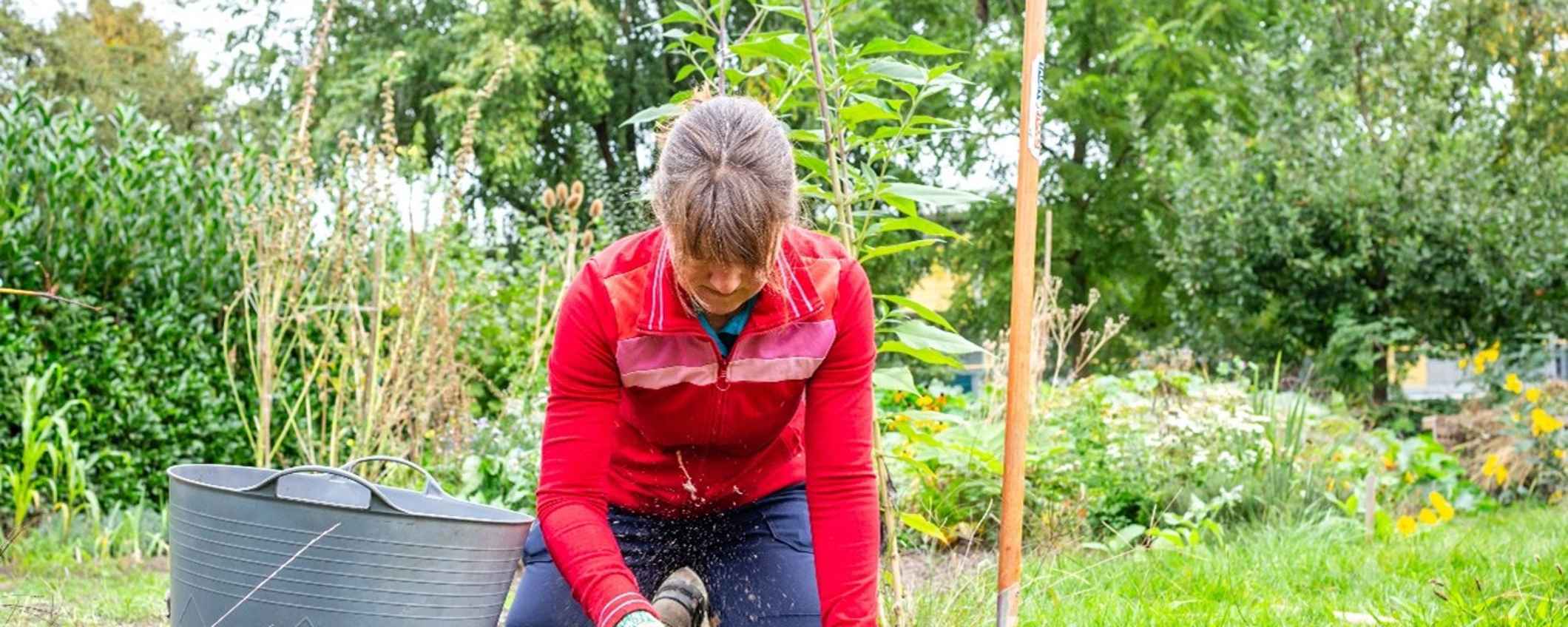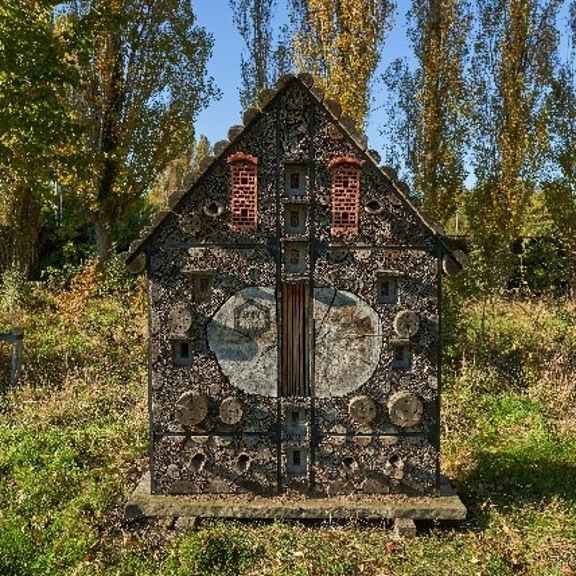Why is biodiversity so important?
Biodiversity in a garden means ensuring there is a variety of life forms available, including micro-organisms, plants and birds. It's crucial we have biodiversity in our gardens so we can support how each different species interacts with one another and the physical world around them. Biodiversity creates balance - from natural pest control to soil health and water management, a garden teeming with life is one which can power a healthy, sustainable outdoor space.
Start With the Soil
The journey to a biodiverse garden begins with the soil. Healthy soil is filled with life, from bacteria and fungi to worms and beetles. Avoid synthetic fertilisers and pesticides as these can weaken the microbial networks within soil and harm beneficial insects and organisms – not just pests! Instead, look to nourish your soil with compost or manure. A compost heap can also act as a refuge for wildlife like slow worms, hedgehogs, and beetles.
As advocates of the impact that the team over at the Soil Association are having in providing education of the importance of soil health, we recognise the vital role that this component plays in supporting healthy ecosystems.
Plant for Pollinators
Did you know that around 35 percent of the world’s food crops depend on animal pollinators to reproduce? Pollinators are vital to our global ecosystem, and yet climate change poses an imminent danger to them. Wildlife charity, Butterfly Conservation reported its lowest butterfly count last year since records began 14 years ago.
Nectar-rich, native plants such as Foxgloves, Primroses and Lavender are favoured by pollinators such as bees, butterflies and moths. Many organisations like our friends over at Urban Bees offer brilliant planting guides and advice for creating bee-friendly spaces in towns and cities where wildlife may not thrive. If you can, aim to provide flowers for pollinators across as many seasons as possible, varying from crocuses in spring to ivy in winter – this way food sources are always in supply.
Add a pond
A small pond is one of the best features you can add for wildlife. It doesn't need to be large - a shallow container or repurposed washing-up bowl can attract frogs, newts, dragonflies, and birds. Ensure there’s a gently sloping edge so animals can enter and exit safely, and avoid adding fish, which can eat insect larvae and amphibians.
No room for a pond? A birdbath or shallow dish of water with pebbles can still provide a vital drink for bees and birds.
Embrace wild growth
What if we told you that one of the easiest ways to boost the biodiversity in your garden was actually by doing less? Allowing your lawn to grow wild – even just a small patch – can transform your outdoor space into a buzzing, haven for wildlife. A wild lawn provides shelter and food for a wide range of animals, including insects, birds and small mammals like hedgehogs which forage in longer grass – this is especially impactful in urban areas where habitats are fragmented.
Wild lawns also help to mitigate environmental pressures in various ways including reducing water runoff and improving drainage, and they encourage increased transpiration from plants, a process by which water vapour is released from their leaves into the air, lowering surrounding temperatures.




Thanks for joining the conversation.
We've sent you an email - click on the link to publish your post.